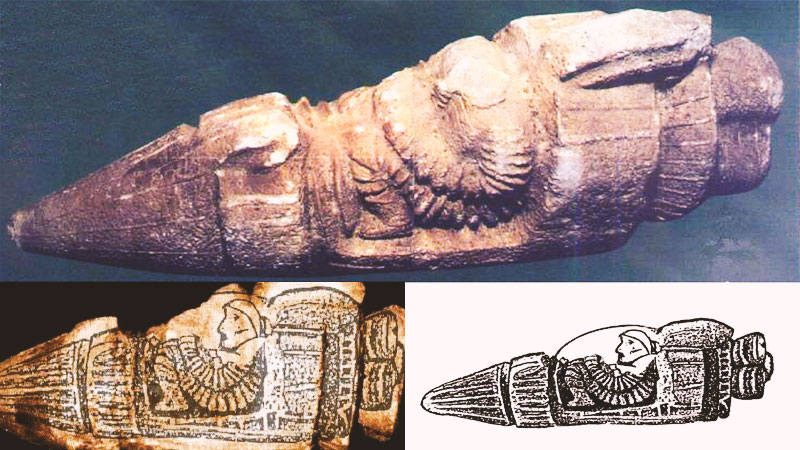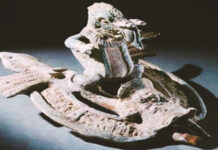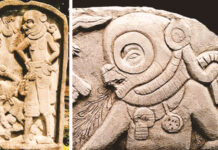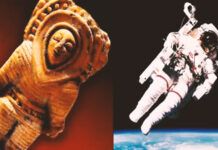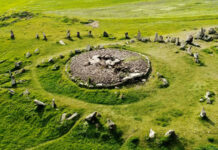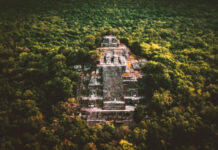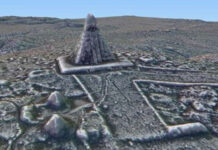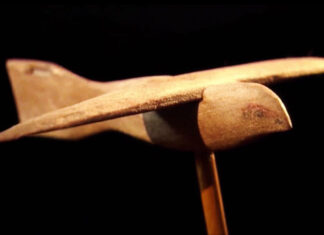This figurine was found in 1973 during some excavations at the archaeological site of Toprakkale in present-day Turkey.
The site was home to the ancient city of Tushpa which was the second capital of the ancient Kingdom of Urartian, which in the Bible was called Ararat.
This mysterious artifact is approximately 3000 years old and is now on display at the Topkapi Archaeological Museum in Istanbul, but for years it was kept hidden inside a cabinet of the museum’s deputy director, and had never been displayed to the public.
The statuette only became public after numerous requests made by writer Zecheria Sitchin, who arranged for the temporary exhibition of the artifact in a remote room of the museum.
The artifact was studied by Sitchin, who described it as “a sculpted scale model of what, to modern eyes, looks like a cone-shaped spacecraft.”
The object is 23 centimeters long, 9.5 centimeters high and 8 centimeters wide and shows a vehicle that appears to be powered by a set of four engines in the rear that surround a larger engine.
The small rocket has room only for a crew member, who is sitting with his legs bent and wearing what resembles a pressurized suit, which completely covers him from neck to toe, but unfortunately his head is damaged.
In the same region were discovered the ruins of the Urartian temple dedicated to the god Haldi (Khaldi), the supreme king of the heavens.
The walls of this ancient Urartian fortress are special, because they were built with “cyclopean masonry”.
This means that the walls were built without mortar, with huge blocks of stone weighing between 30 and 40 tons each, a construction method that was legendary to the ancient Greeks, who imagined that such walls could only be built by a race of giants, called Cyclops.

